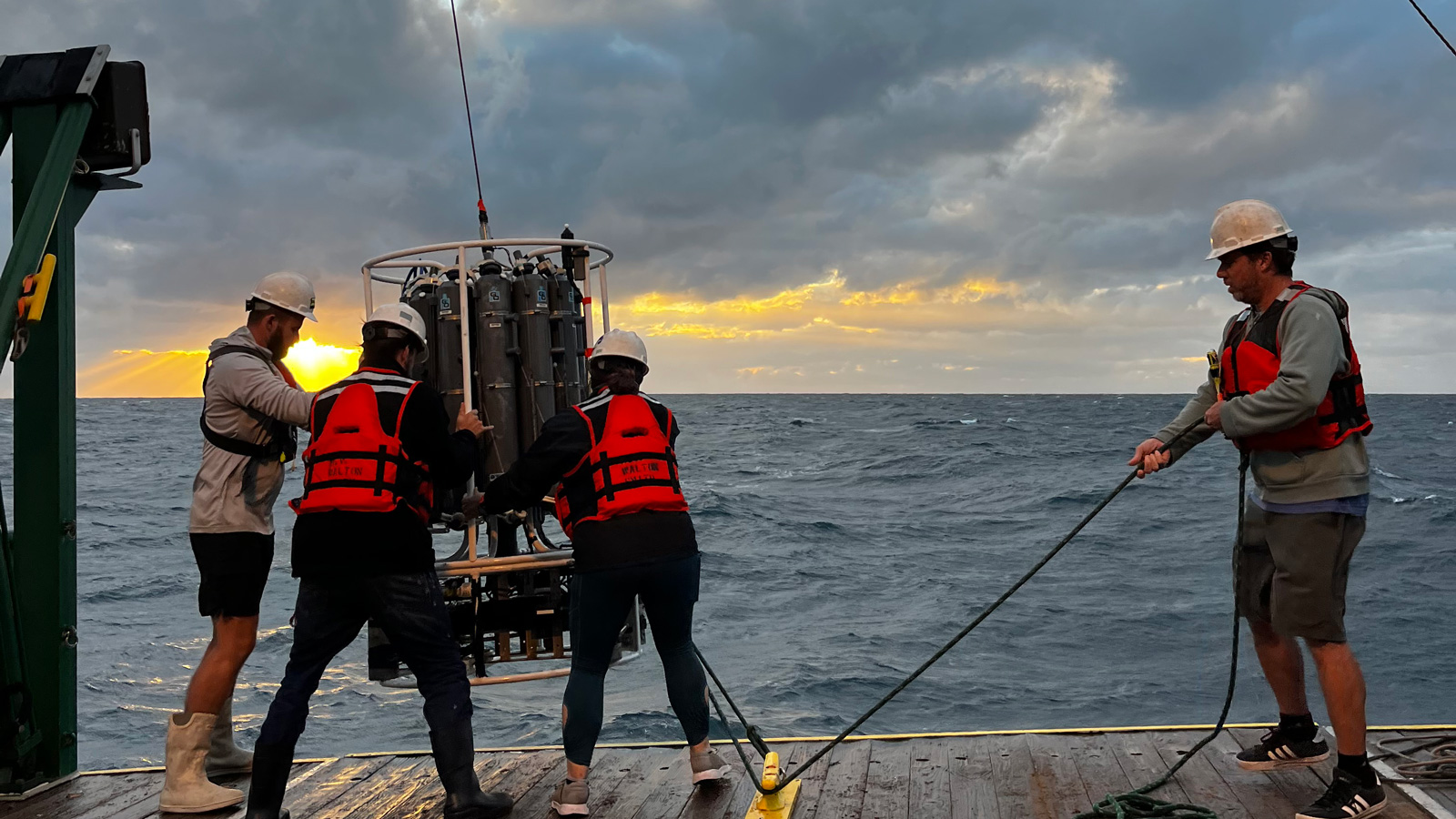A groundbreaking new study spanning more than a decade and hundreds of miles of the Florida Coral Reef demonstrates the key role benthic communities play in reducing the impacts of climate change on coral reef ecosystems, specifically Ocean Acidification.
As the ocean accumulates more carbon from the atmosphere, it becomes more acidic, a process known as Ocean Acidification. A more acidic ocean makes it harder for corals and other marine organisms to build their calcium carbonate skeletons and shells. However, scientists at NOAA’s Atlantic Oceanographic and Meteorological Laboratory (AOML) and the Cooperative Institute for Marine and Atmospheric Studies (CIMAS) have found that ocean acidification near the Florida Coral Reef varies both geographically and over time, resulting in reef areas that may be less affected by acidification compared to reefs in the open ocean.
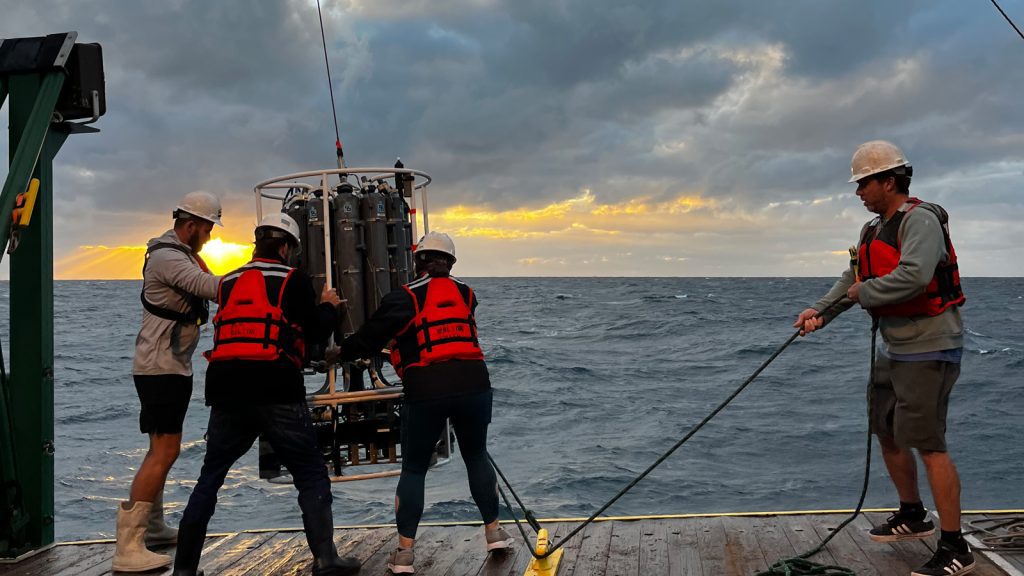
In many regions globally, the effects of ocean acidification on coastal ecosystems are compounded by localized changes in water chemistry that are harmful to key marine ecosystems. While the southernmost reefs in the Florida Coral Reef were identified as hotspots for ocean acidification, inshore reefs, particularly in the Upper Keys, proved less vulnerable due to increasing water alkalinity (the opposite of acidity) and the presence of seagrass beds.
From 2010 to 2021, researchers monitored 38 stations at inshore, mid-channel, and offshore reefs within the different regions of the Florida Coral Reef, from Biscayne Bay in the north through the Upper, Middle, and Lower Florida Keys in the south. As part of NOAA’s National Coral Reef Monitoring Program, water samples were collected every 2 months at each station and analyzed for changes in key water chemistry parameters used to calculate pH, identifying how ocean acidification varies among inshore and offshore reefs, across different regions, and over time from seasons to years.
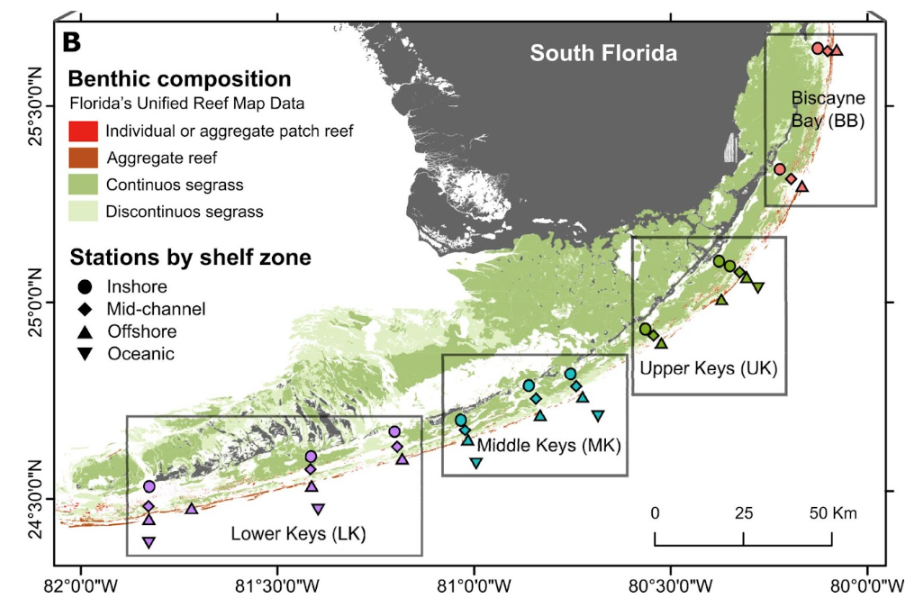
While mid-channel and offshore reefs in the Florida Coral Reef are more exposed to ocean currents and global ocean acidification trends, the study found shallow inshore reefs were less impacted. In the Upper Keys specifically, their greater seasonality, increasing water alkalinity (known to neutralize acidification), and variety of benthic communities such as seagrass beds significantly influence the carbonate chemistry, providing a buffer against ocean acidification.
“Understanding the local impacts of ocean acidification is essential for predicting potential economic losses from eroding coastal ecosystems,” says Ana Palacio, PhD, a CIMAS scientist and lead author on the study. “If we are able to pinpoint the regions that are more and less affected by ocean acidification, we can employ more effective and targeted strategies to conserve coral reef ecosystems.”
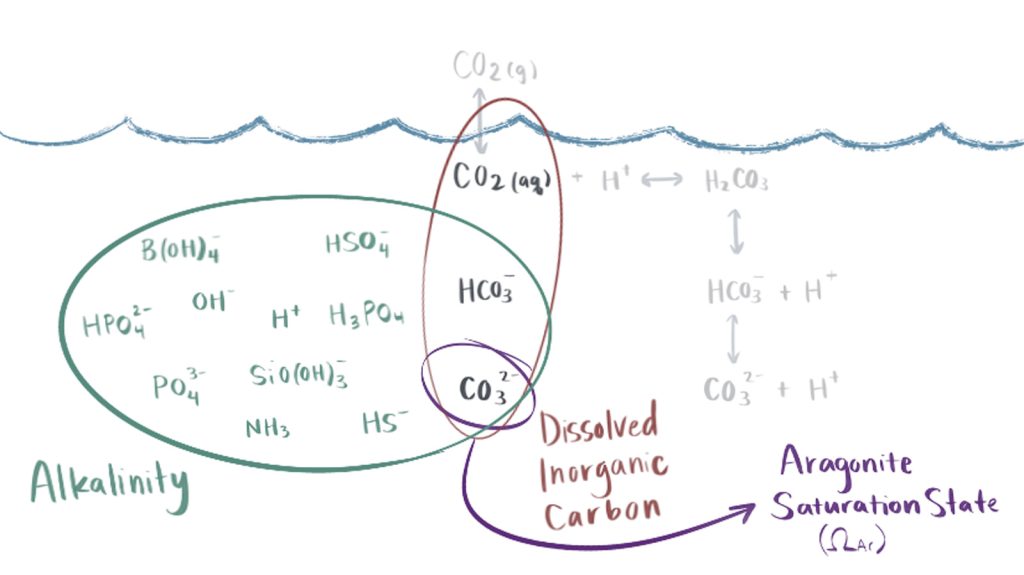
Seagrass beds alter water chemistry as they grow through metabolic processes such as photosynthesis, calcification, and respiration. Through photosynthesis specifically, seagrass absorbs carbon dioxide from seawater, providing more favorable conditions for the formation of calcium carbonate by reducing acidity.
The study’s finding that inshore reefs in the Upper Keys coexisting with well-distributed beds of seagrass are a buffer against ocean acidification is crucial. As ocean acidification is expected to worsen with climate change, these regions may act as refugia for marine organisms where reef structures are likely to persist. It also demonstrates the crucial role seagrass beds and other benthic communities play in safeguarding coral reefs and how they should be prioritized in ongoing and future coral restoration efforts.
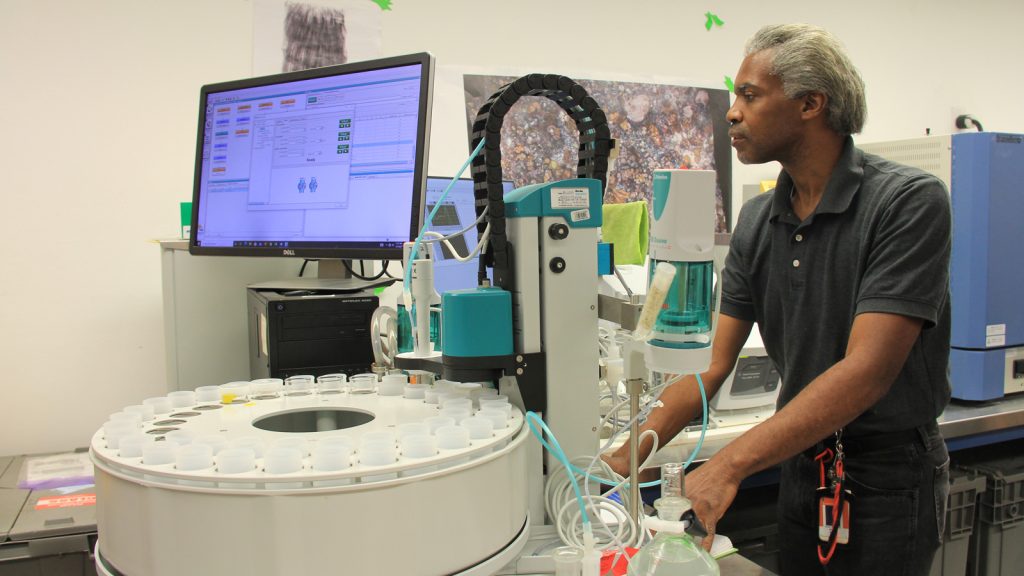
This study is unique in both its spatial and temporal scope as scientists monitored hundreds of miles of the Florida Coral Reef for more than a decade. Beyond its scale, the findings emphasize the need to examine localized impacts of global environmental stressors brought on by climate change to establish effective management strategies to both conserve and restore key ecosystems.
See the University of Miami’s press release here.
This research is part of an ongoing monitoring program with funding and support from the South Florida Ecosystem Restoration (SFER) research group and the NOAA National Coral Reef Monitoring Program (NCRMP). This research was funded by the SFER at NOAA’s Atlantic Oceanographic and Meteorological Laboratory (AOML), NOAA’s NOAA Ocean Acidification Program (OAP) Project #20680, and NOAA’s Coral Reef Conservation Program (CRCP) Project #743 as part of the NCRMP. Data collection cruises were funded by AOML and the State of Florida’s Fish and Wildlife Research Institute (FWC).
Palacio-Castro, A. M., Enochs, I. C., Besemer, N., Boyd, A., Jankulak, M., Kolodziej, G., et al. (2023). Coral reef carbonate chemistry reveals interannual, seasonal, and spatial impacts on ocean acidification off Florida. Global Biogeochemical Cycles, 37, e2023GB007789. https://doi.org/10.1029/2023GB007789
